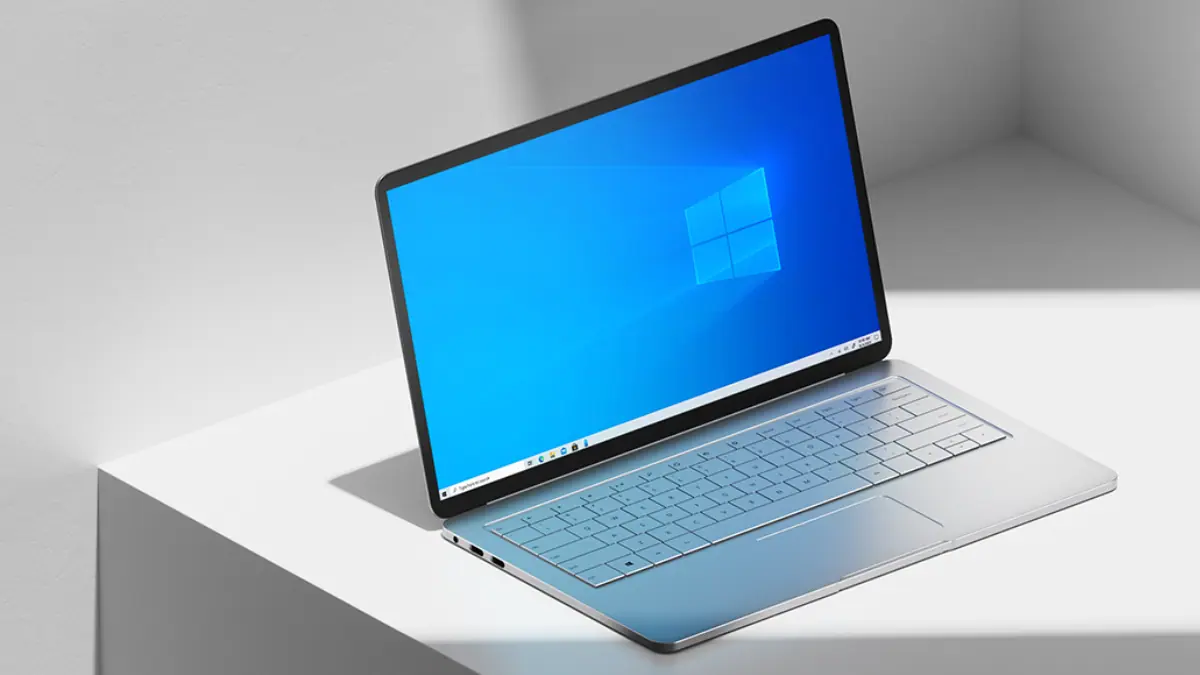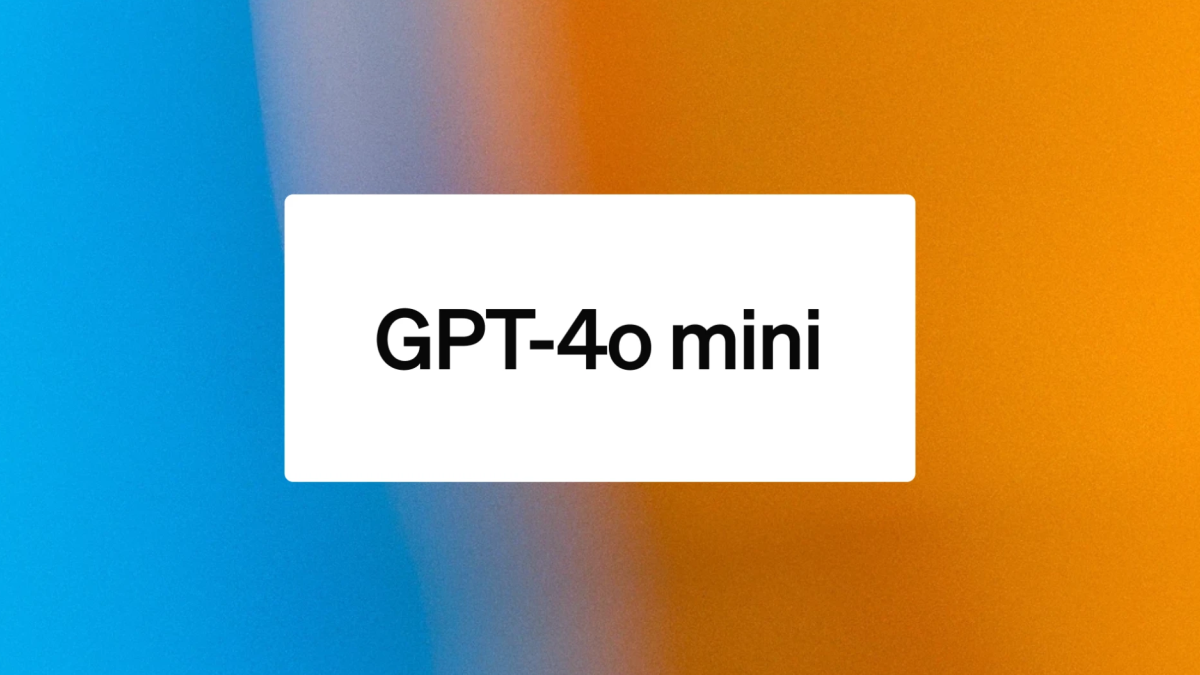Researchers prove Microsoft does not care for Windows Home users, Automatic Update settings wrong for "97%"
3 min. read
Published on
Read our disclosure page to find out how can you help MSPoweruser sustain the editorial team Read more

We already know Microsoft cares little for Windows 10 Home users, for example testing patches on them before rolling them out to Enterprise users, but now researchers have conclusively proven that Microsoft gives little to no thought to the needs of non-Enterprise users.
The most damning example is the above screenshot for Active Hours, during which Windows 10 is set to not automatically update. In a paper delivered by Researchers Jason Morris, Ingolf Becker, and Simon Parkin of University College London at the Workshop on Usable Security (USEC) 2019 in San Diego, California, they note that the default setting was “inappropriate for 97 percent of their test subjects.”
With a little thinking, it should, of course, be obvious – Home users are at work 9-5, and if they are using their PC it would be after hours and on weekends.
They also report that most Home users were unaware of the feature, and even those that were were unlikely to change it.
The researchers noted for Home users unexpected reboots that disrupt productivity and risk the loss of unsaved work were their biggest pain point and made a number of very obvious recommendations to Microsoft.
The most obvious is that Windows should “obtain explicit permission for restarts consistently.” This, of course, used to be the case before Windows 10, when Microsoft decided that updates were more important than unsaved work.
Second, they suggested Microsoft offer better notice for impending or needed restarts, noting Google’s Chromebook does it a lot better.
They also suggest the obvious suggestion that “one’s computer should not reboot while in active use,” even if the user earlier agreed to a restart time.
“If a user is absorbed by other tasks, the computer could, in the mind of the user, appear to restart unexpectedly despite them having been responsible for the chosen time,” they note.
Lastly, they think Microsoft should do a better job at warning users of long semi-annual updates which can take hours, rather than the monthly updates which only take minutes.
“[W]e think a noti?cation that describes an update as one ‘that could take a little longer than other updates’ is failing to set accurate expectations to support users in planning around the availability impact of these updates,” they conclude.
All these recommendations are of course blindly obvious, and the only reason Microsoft has designed Windows 10 Home the way it did is that it does not respect end users, taking the position instead of a hostile network admin rather than helpful service provider. Is there any surprise Home users actively avoid their PCs and use their phones instead?
Via ZDNet









